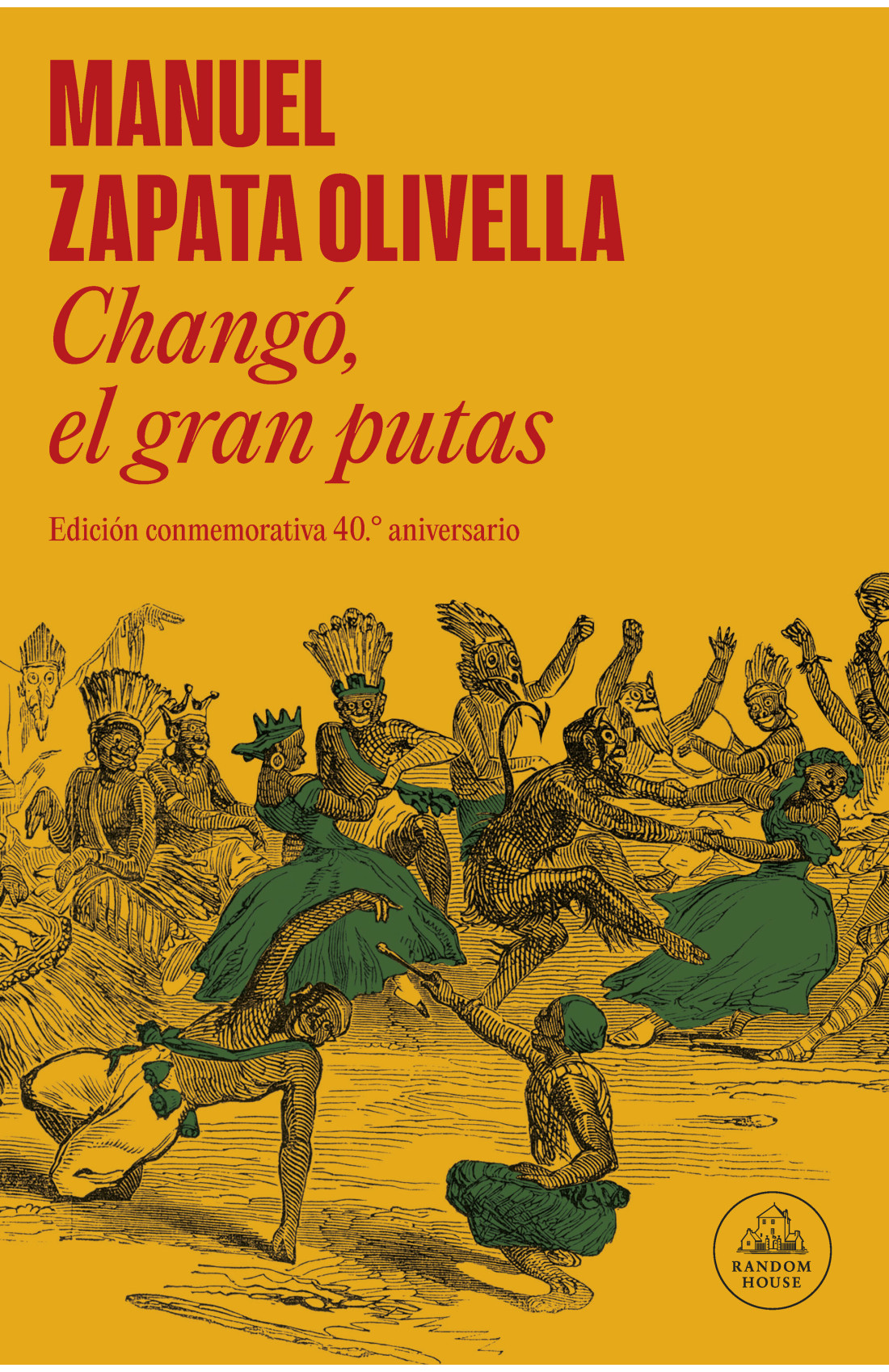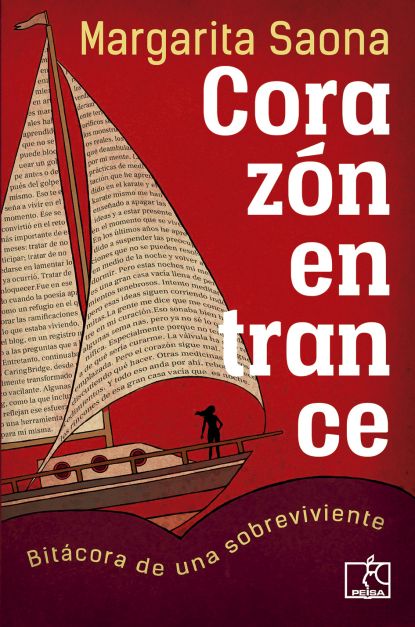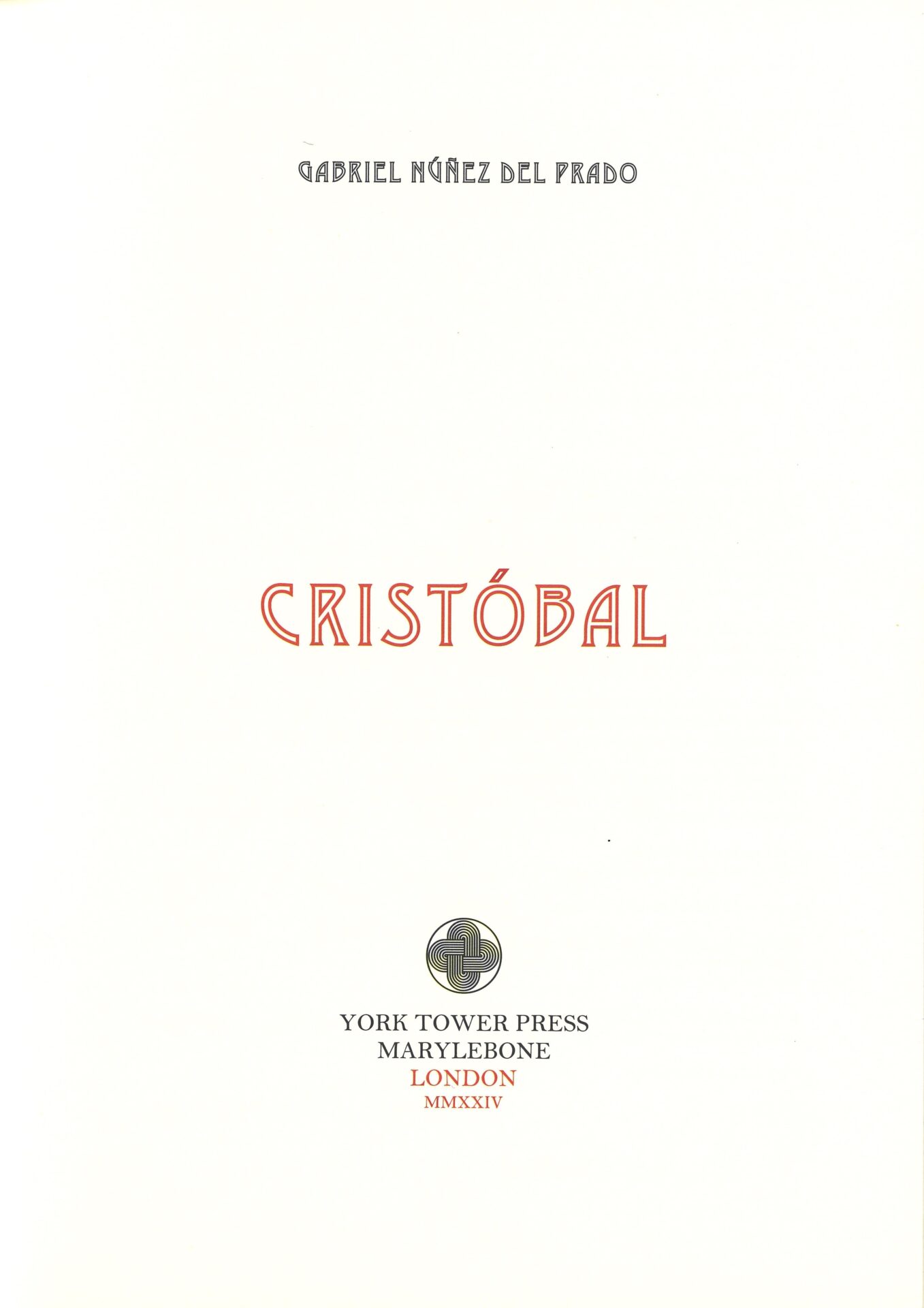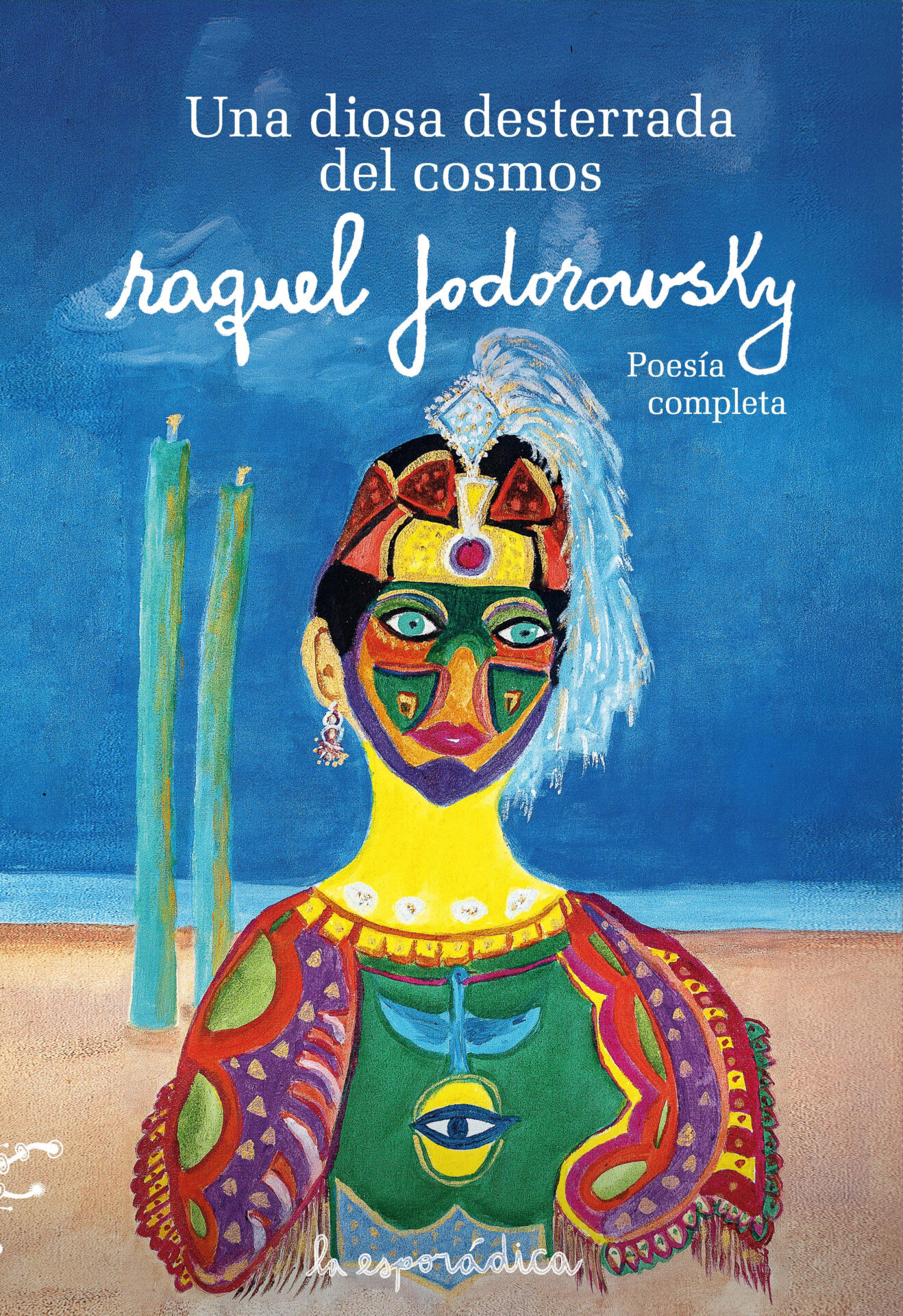La mano suicida. María Montero. Quito-Mérida: La Línea Imaginaria and Ediciones la Castalia. 2021. 66 pages.
La mano suicida from Costa Rican poet María Montero (Burdeos, 1970) appears within an editorial space not too prone to reprintings. Twenty-one years since its debut (2000), the binational coupling of La Línea Imaginaria (Ecuador) and Ediciones La Castalia (Venezuela) publishes this work for readers who are already accustomed to freely downloading the latest news. This new offering includes an introductory text by Ecuadorian poet Edwin Madrid, who places Montero in the same lineage of “names as singular as Eunice Odio, Ana Antillón, Diana Ávila, Lilly Guardia, Mía Gallegos, and Ana Istarú.”
Without much effort, you can find the most anthologized poem of La mano suicida online. The first text of the book: “Self-service.” These two verses contain great determination, and if they are closely read, a poetics can be perceived: “At present each letter strives/ for the height its wound had not.” Approaching this poetry collection, with its clear, frank, and agile verse, means a return to the very circumstance of the work and of the poet. This can be seen in the epigraph by the great Clarice: “I am soft in nature/ but my attitude for life is fierce.” That ferocity is unquestionable. We find mostly short poems, which remind me, thinking of Venezuelan poetry, of some traces of Lydda Franco Farías. I’m not quite sure what is being discussed when we talk about the urban in current poetry, but with Montero’s poems I have perceived this in a different way. When I think of the urban, I don’t think about vehicular traffic, nighttime celebrations, soot, buildings, and compulsive shopping. I focus on the urban from the symptoms of Montero as citizen, of the dweller, of the urbanity that falls over her spirit and her personality read in these poems. It is the urban assimilated and lived internally, “the intimacy of the past.”
These poems communicate. They show a weighted risk, a somewhat distorted expression, although never excessive or gratuitous. In the first edition, when the author was thirty years old, this book had the same qualities that persist in it today. There are no unnecessary extensions or irrelevant reaffirmations. The verse ends when it should: in short stanzas, in a few lines, and in the simplicity of the precise: “I spit out the lost vanity, / the sharpness of sweet eyes, / the urge to find the culprit / who most resembles us.”
A few formal registers are seen in this book: the short-length poem, the poetic prose, and several brevities that remind me of certain short snippets known as greguerías: “What a wonderful forgiveness is pity’s.” The book is compressed and shortened in an exercise of verbal economy. Sometimes this economy is channeled, it achieves its objectives, and I think about its thematic and vital closeness with Cristina Peri Rossi. This is how the Uruguayan writer speaks in Fantasías eróticas:
I am a woman writer. I love beauty above all things, and I know that it is almost never spontaneous, you have to earn it and deserve it; for this reason, I was willing to be the audience that this representation needed: a loving, understanding, and generous audience. I become completely humbled by beauty: I revere it, applaud it, and sing it, I fill it with praise: it is scarce, like the greatest assets.
A woman is the one who “acts” in all the poems of La mano suicida. Many women, with their testimonies and autobiographies synthesized in the contention and simplicity of a line of poetry. It is about the emphasis of what is desired and what is recorded. The emphasis on what is counted as a claim and as a reaffirmation. Consider the poem “Viaje fotografía”. Here there is an act of looking, of attentive observation. The poet turns to herself, duplicates herself in front of a mirror to speak to the one projected there. And the one who is projected is not her in real life, in the present, but rather the inhabitant of a near past, a past not of decades but of a few years. It is her own “multiverse,” if we use the nomenclature of the comic book; it is her and her versions: various ways of seeing the same woman, unique and diverse. These emotional climates unfold in a confined, personal space, sometimes with restricted exits. Even lighting has its conditions and is, so to speak, a leading player: “The only light in the room does not allow me the world.”
La mano suicida, as revealed by Gustavo Solórzano-Alfaro, one of the researchers most attentive to Montero’s work, “responds to a search for feminine identity––not an essential identity, but one that is always evolving and problematized.” Sometimes I notice that strength that can only be generated in youth and in its hasty but decisive decisions. María Montero’s effectiveness becomes more concrete in the first section of the book, possibly where the volume’s best achievements are gathered. The poet avoids the folds of the elusive and concentrates on the craving for direct reference. Some eras need oral poems, like the ones Montero offers us: poems capable of an interpretation without intermediaries, with just the necessary distance to make mutual understanding possible.
Néstor Mendoza
Translated by Jenna Tang





